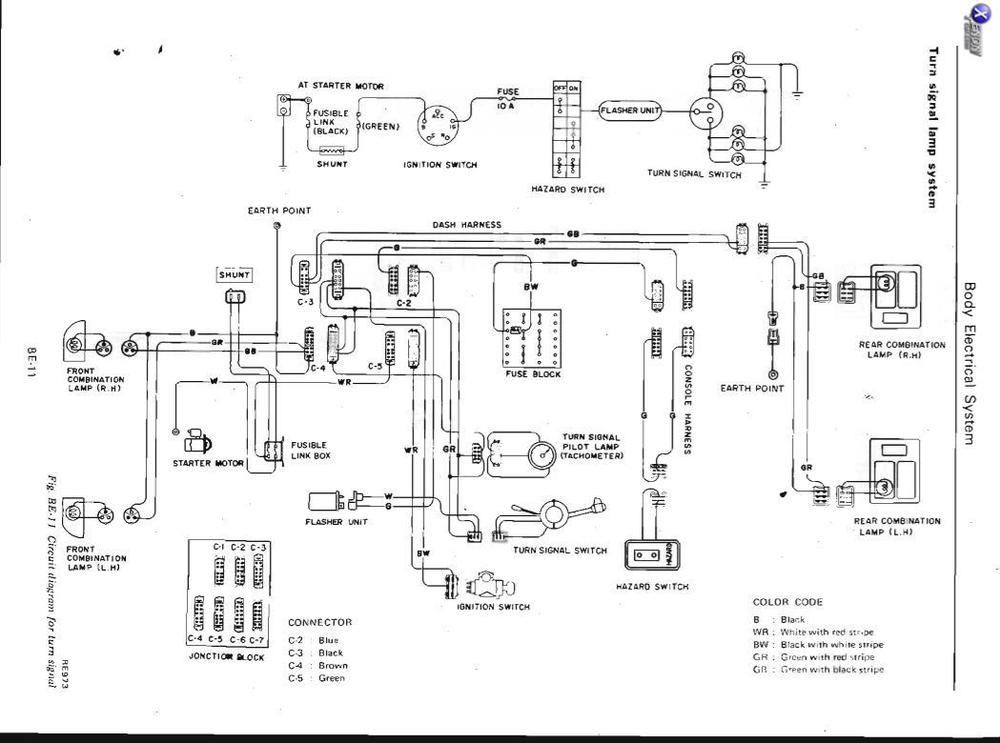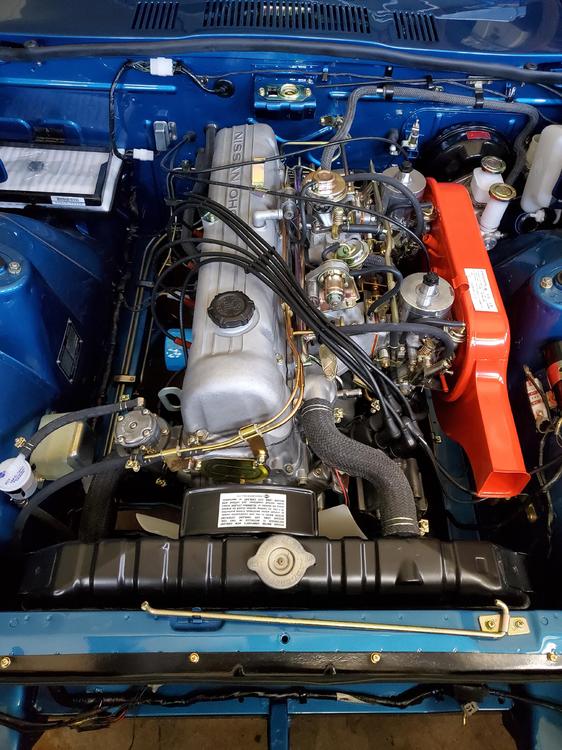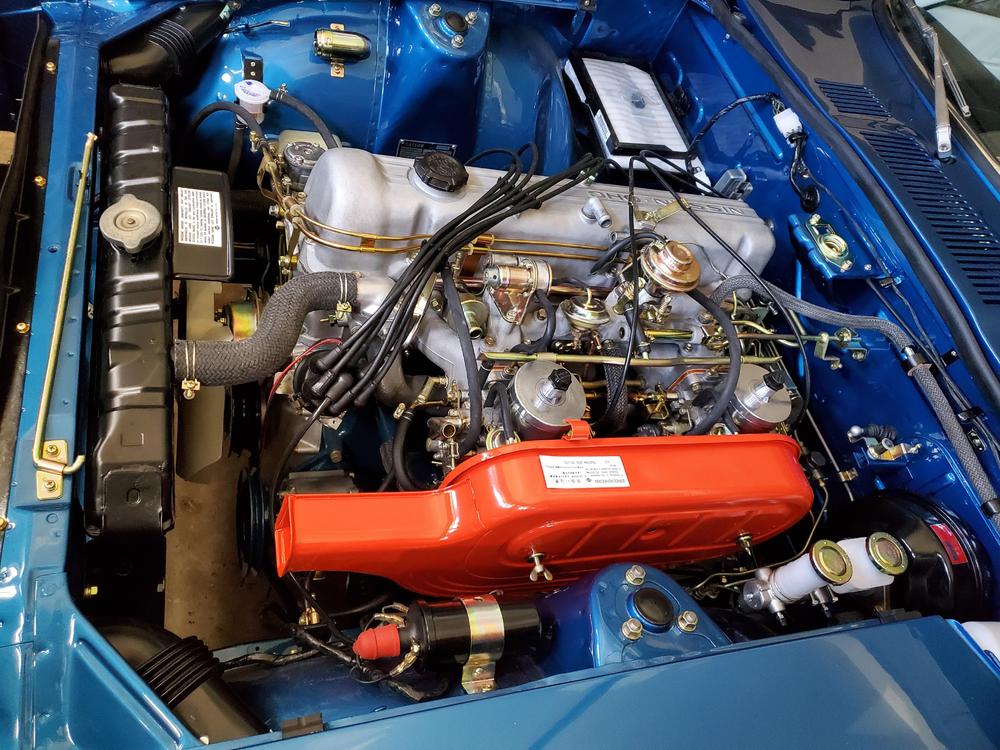First, the FSM clearly identifies two ground points for this circuit. One is in the engine bay, and the other is by the taillights. They are identified at Earth Point.
Let's talk about theory of operation as designed. When the turn signal switch is moved up or down, it completes the circuit for the right or left side respectively. Using a positive to negative flow, we can trace voltage from the battery, to the starter, through the black fusible link, through the shunt, through the green fusible link, through the ignition switch, through the fuse box, through the hazard switch, through the flasher relay, and to the turn signal switch. After the switch, you just have the bulbs, ground, and back to the battery.
As current flows through the circuit, the bimetal strip in the flasher relay heats up (power= current x voltage). Due to the nature of the bimetal strip, the heat causes the strip to move away from the contact, and that opens the circuit. The strip quickly cools down, and it makes contact again, heating it with the current flow.
So, since you said the blinking speed did not vary with the engine speed, let's break this down into the elementary factors of resistance, current, voltage, and power. The resistance is primary from the bulbs. It can be considered constant. The current that causes the bimetal strip to heat up is voltage divided by resistance.
This gives us two things to check in this circuit:
The voltage in the circuit: Measure voltage to ground while the turn signals are operating and see if there are voltage fluctuations. Higher voltage would, in theory, give a faster blink rate.
The condition of the flasher relay: See if the hazard lights exhibit the same behavior as the turn signals. If they don't, swap the two flasher relays and see if the problem follows the flasher relay.
 Subscriber
Subscriber 4Points11,142Posts
4Points11,142Posts Subscriber
Subscriber 2Points3Posts
2Points3Posts






















